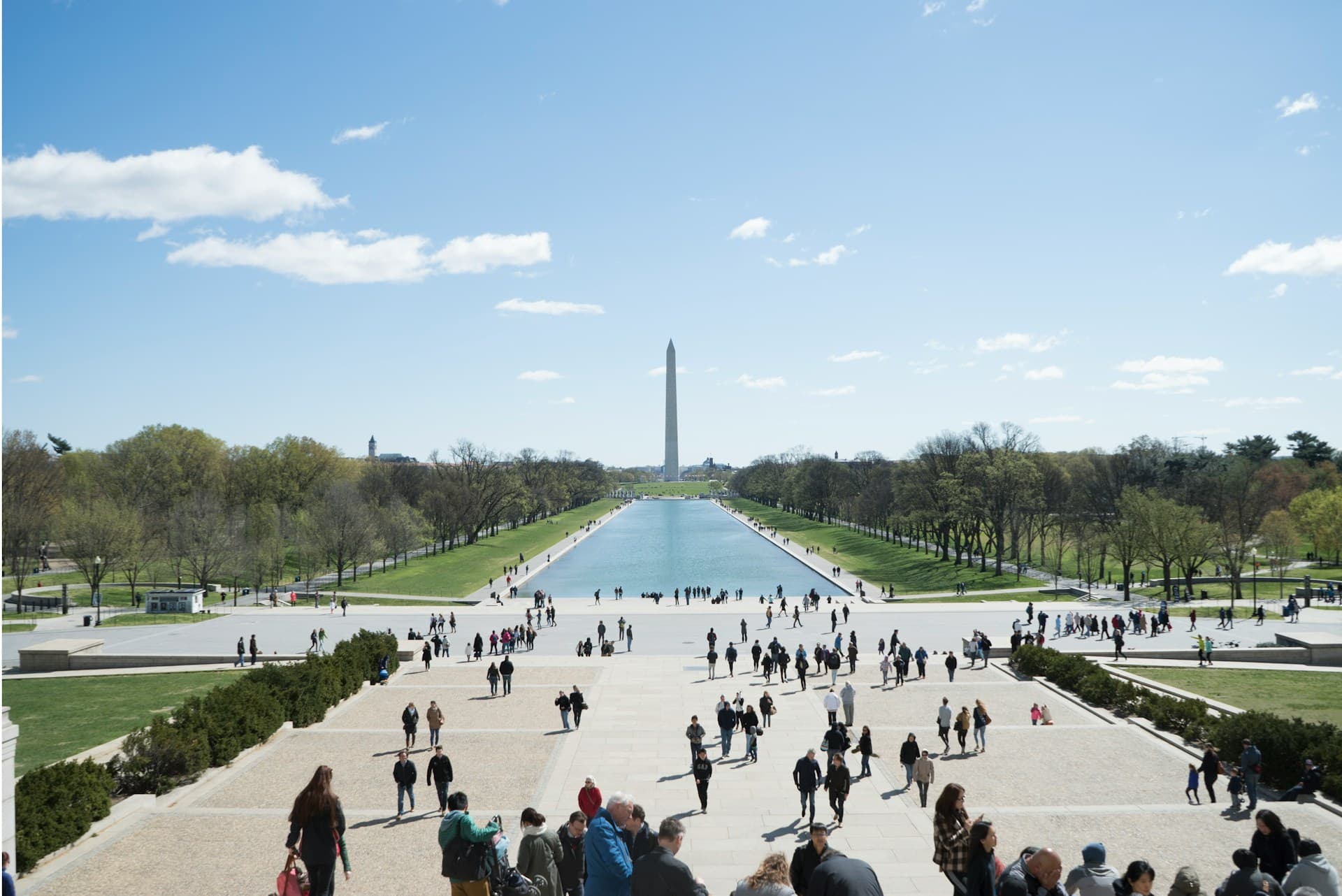Food deserts adversely affect Californians

Nearly 1 million Californians reside in areas classified by the U.S. Department of Agriculture as “food deserts” – geographic regions where people have no access to nearby supermarkets or large grocery stores. According to an interactive map published this week, of the 976,467 Californians with low access to retail food stores, 45 percent are part of a low-income household.
The USDA analyzed “census tracts” to locate food deserts. These tracts are demographic subsets of a county that offer income and population data. Taken together with locations of supermarkets and large grocery stores, the USDA determined which communities had the lowest access to fresh food. Census tracts were termed low-income if they had at least a 20 percent poverty rate. The department considered people in these areas low-income if their annual household income was 200 percent or less of the federal poverty level (this would be $34,100 for a family of four in 2000). Low access to food in an urban neighborhood was defined as living further than a mile away from a large grocer or more than 10 miles away in rural settings.
The data reveals that 85 percent of California food deserts are in urban areas. Almost 2 million people inhabit the 371 census tracts that contain food deserts throughout the state. Half of those people have low access to food stores. About 10 percent of the 65,000 census tracts in the U.S. contain food deserts. Over all, almost 13.5 million Americans have low access to retail food stores and of these, 46 percent are low-income. According to the USDA, residents of food deserts have to travel outside their neighborhoods to find fresh produce and perishable foods or they may bite the bullet and pay more for the same products at smaller convenience stores.
Rural populations suffer from food distribution inequities as well. There are 70 census tracts in the state with entire populations that lack access to a supermarket or large grocery store. Of course, the 300,000 people represented by this statistic tend to be more diffuse with their food economies and are more self-sufficient in general.
Judith Bell, president of the economic and social justice advocacy group PolicyLink says:
"There are a lot of locations across the state of California where a grocery store would be viable, and then there are some places, in particular in rural communities, because this is a rural and an urban problem, where a full-scale grocery store could not be successful. In those communities ... we need to look for alternatives."
Some food justice advocates call the USDA's interactive map incomplete, because it is based on 11-year-old census data and a list of retail food outlets that was gathered in 2006. In actuality, food deserts might cover more ground than this map indicates. The USDA does plan on updating the map with 2010 census data next year.
Legislation is on the table to see that the distribution of food in California is more equitable. Assembly Speaker John Perez has authored AB 581, the California Healthy Food Financing Initiative. This measure seeks an end to food deserts in seven years by expanding access to fresh, healthy foods in malnourished communities.






